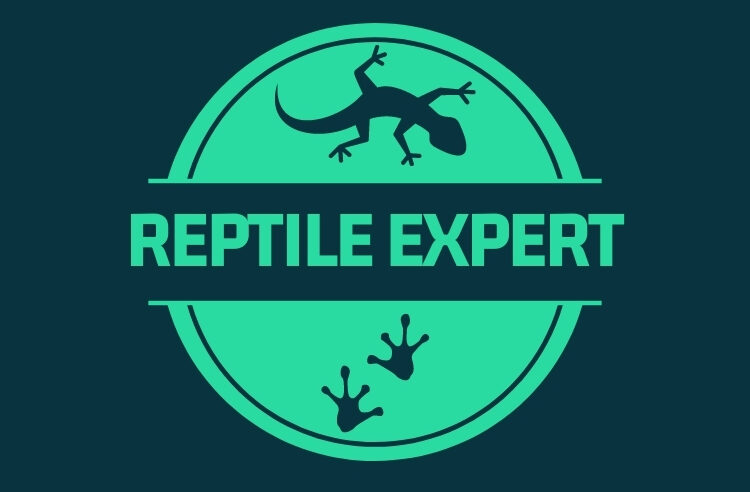There are some misconceptions about reptiles and how they shed their skins; the most common of these being that a reptile will shed its skin twice to four times a year; this is not the case. A healthy reptile can shed their skin many times during the course of the year and indeed many of them do so in the same way as we as humans do.
Lizards
Lizards can shed their skin in a variety of different ways. Most commonly a lizard may shed its skin in one or two large segments but this can vary depending on the health of the creature and also its surroundings.
Colour Changes
Up to and during the shedding of a skin the lizard may change colour. Overall the lizard’s colour will appear to you as lighter than normal but there is nothing to worry about in this change.
Usually around the eyes, head, and leg areas the skin will change to either white or grey in colour and this is one of the best indicators that a shedding is due to take place.
Physical Changes
Many lizards will shed not only their skin but the scales on their backs as well; this can be alarming if you are new to keeping a reptile so it is important to be prepared for this before it happens. Many first time reptile keepers find themselves making hurried visits to their vets with their reptiles only to be told that this is a normal procedure.
Also the eyes of the creature may appear bulbous and larger in size; this is because the skin around the eyelids also sheds and the eyes swell in size to accommodate this – especially in lizards and reptiles who have movable eyes. By moveable we mean they are already slightly enlarged in the head and can be seen to be moving in all directions.
Environmental Considerations
If you are keeping a reptile you will already be aware of the conditions in which the creature is ideally happiest. Many reptiles bury themselves under sand or earth in order to shed their skin but in the absence of such you should ensure that they at least have some shelter – perhaps a small box – in their tank that allows them to seek cover.
Also if the conditions in which you keep your reptile are dry you will often find that you are required to spray them to keep their skin moist. This is very important during the shedding process and you should spray them regularly in order to help the skin come loose as without moisture it becomes hard and sticks to the new skin underneath.
What Not to do
If your reptile is having difficulty shedding its skin you can bathe it lightly or spray it – as previously suggested – helping with the easing off of the skin. You can also help the process along by gently pulling away loose flaps of skin that are falling away from the body but still hanging on. This is especially important around the nose area which can become crusted with dead skin as new skin emerges. It is imperative however that you do not pull away any skin that is not yet ready to shed.
Around spikes on the back you may find it necessary to keep them constantly wet by using a spray and also by gently removing any skin that has remained at the base of the spikes. Leaving this skin to shed itself can lead to problems with the growth of the new spikes and can lead to infection.
The most important piece of advice however is not to panic when this process takes place; especially if you have not bore witness to it before. Ask for advice and information from the pet shop or retailer you bought your reptile from and also ensure that its surroundings are of the required standard and kept clean.
